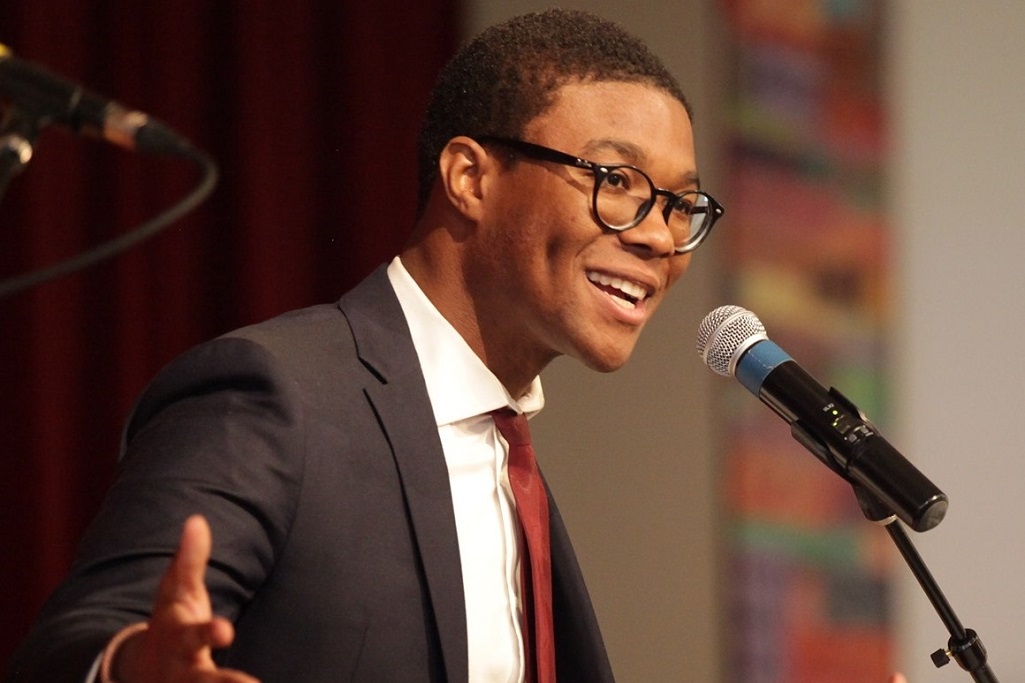For Richmond City Council candidate Allan-Charles Chipman, preserving local communitites by keeping longtime Richmonders in their homes is at the heart of the issues facing the city in 2020. Allan-Charles Chipman is a candidate running for city council in the 6th...





